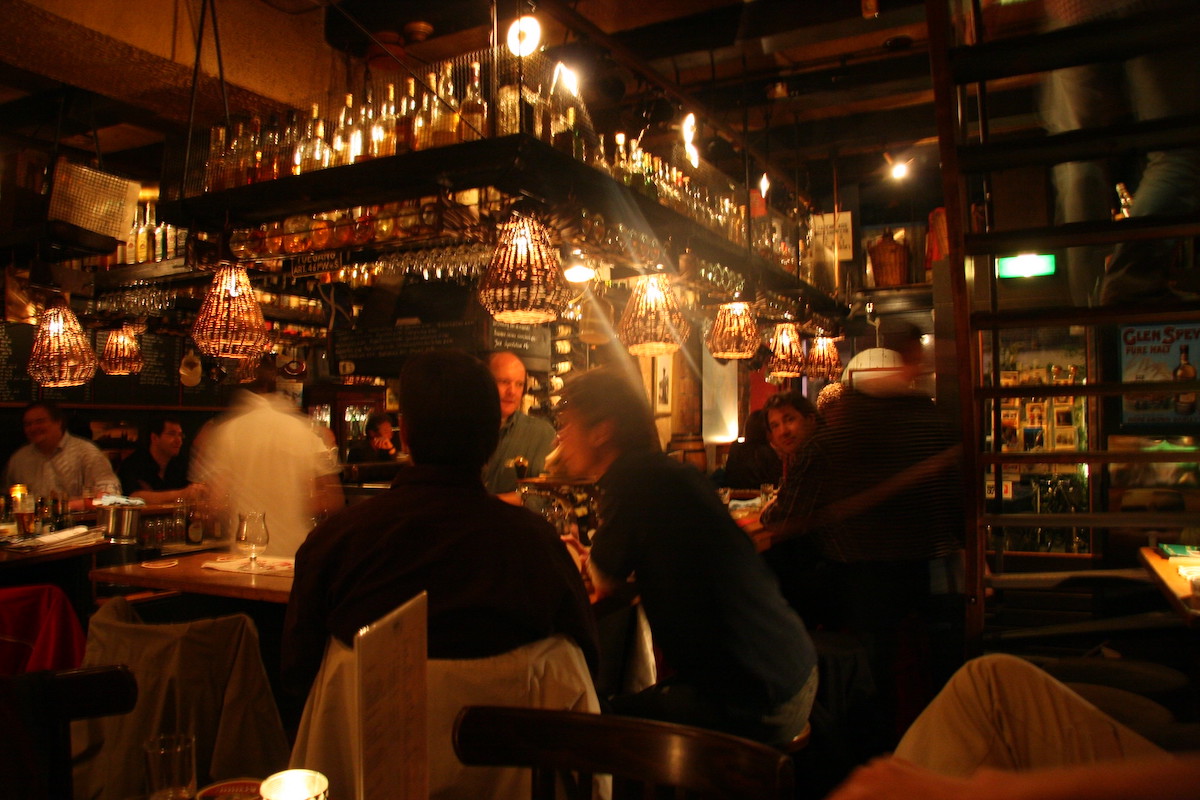After thousands of pictures and feeling like you know the city even before you go for the first time, visiting Amsterdam off the beaten path may sound like a challenge. But it’s and definitely worth it.
Of course, there’s a reason why visitors to Amsterdam flock to its major attractions. Touring the Van Gogh Museum, Anne Frank House, and those oh-so-Instagrammable little bridges dotted through the Jordaan (preferably with a paper cone full of fries, or a stroopwafel) is truly a unique experience you won’t find in other European cities.
But there is another, less touristy, side to Amsterdam that mustn’t be missed. It’s hiding around the corner, if you know where to look…
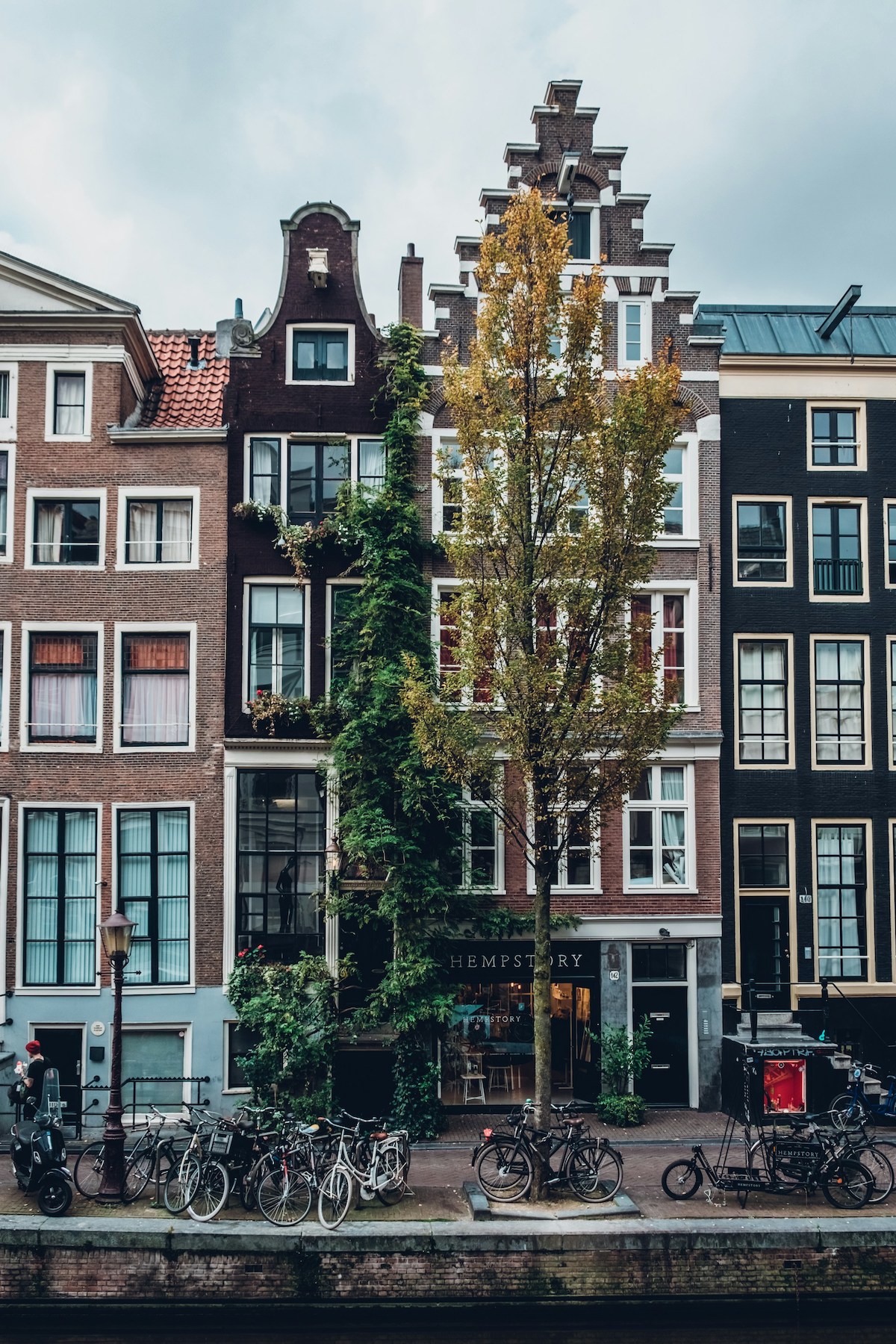
The Resistance Museum
The Anne Frank House is an attraction that you need to book weeks in advance to have a hope of seeing. If you want to visit it, make sure to do so.
For those of us who prefer a little more spontaneity (and less lines), there’s another way to experience Amsterdam’s unique Second World War history: the Resistance Museum in the Plantage neighborhood.
You’ll step back in time to hear personal stories from the resistance heroes and heroines who stood for Dutch freedom.
Insider’s Tip: This article is about lesser-known gems, but of course we still highly recommend visiting the Anne Frank House. It remains an essential part of both the city’s and the world’s history, so make time for both if you can.
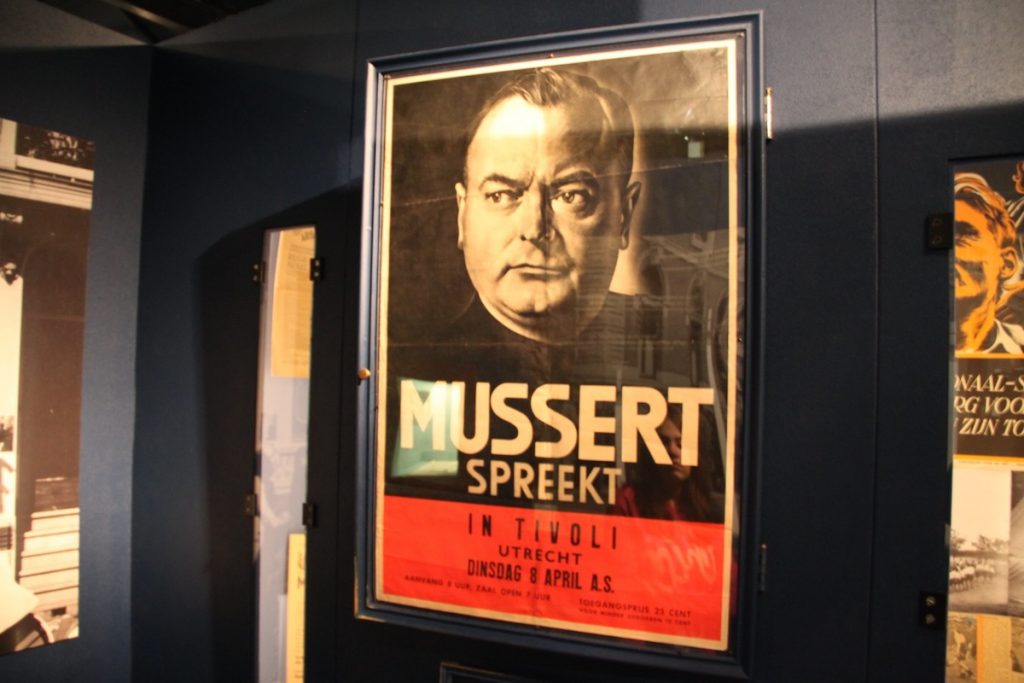
Stedelijk Museum Amsterdam
Van Gogh, Rembrandt, Vermeer–you’ll hear the names of the great Dutch artists everywhere in Amsterdam, and in the world. What about experiencing the contemporary art scene of the Netherlands, instead?
On Museumplein—the same verdant square in which you’ll find the Rijksmuseum and the Van Gogh Museum—a lesser-known, but equally impressive gallery is hiding in plain sight: the Stedelijk.
The new wing is shaped like a giant bathtub, and hosts some of the most exciting exhibitions and installations in the city, including big names like performance artist Marina Abramović.
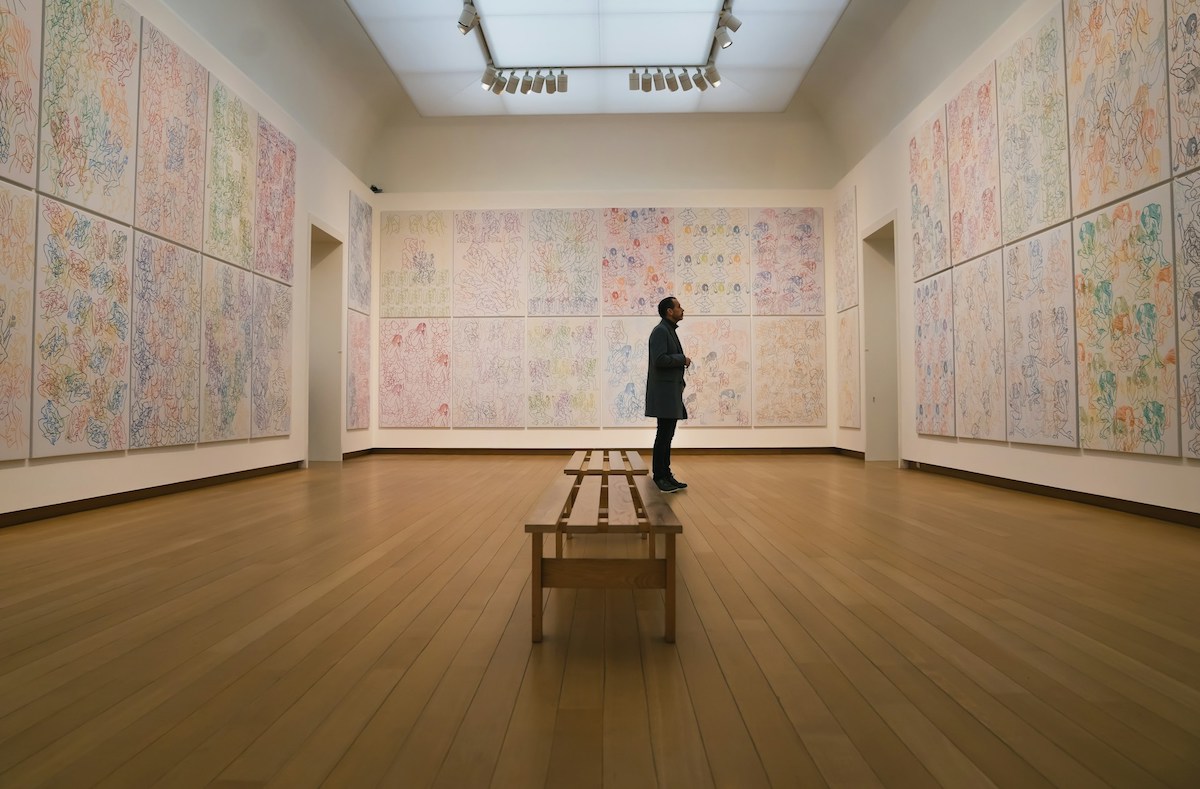
The Dappermarkt or Nieuwmarkt
Amsterdam’s food markets are all frequented by locals and visitors alike, but it’s the Albert Cuypmarkt that’s written up in all the guidebooks. Because of this, expect crowds of tourists, especially in good weather.
If you prefer a little more breathing space, head to one of the lesser known markets. In Oost, the Dappermarkt is great for bargain hunting, whether food, fashion or flowers. And Nieuwmarkt is bang in the center of the city, but it’s brimming with organic goods—not tourists.
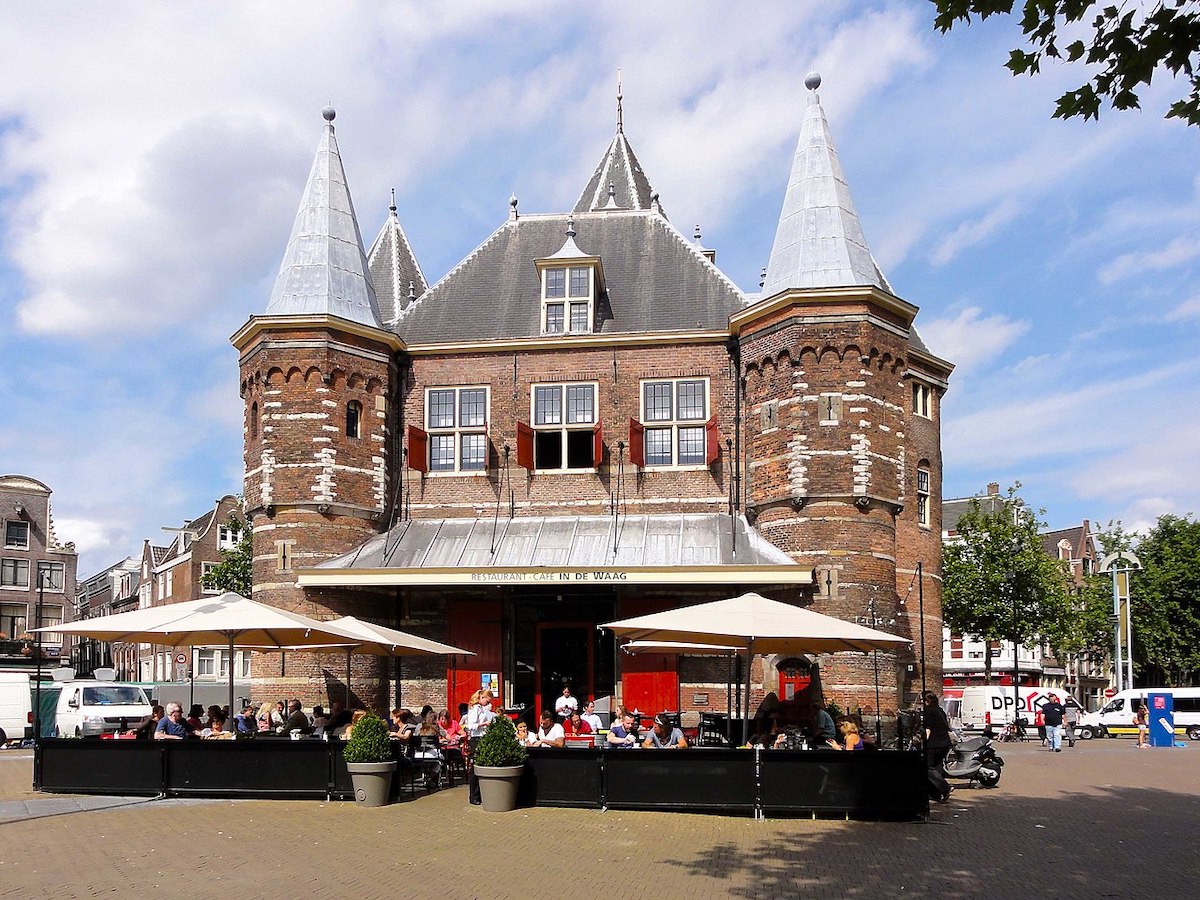
Eat the less-Instagrammed food
A quick peruse of the hashtag “amsterdamfood” on Instagram or TikTok will bring up the same few street food treats on repeat: Chocolate-covered strawberries overlooking a canal, stroopwafels posed perfectly, or some fries slathered in mayonnaise and satay sauce.
We’re not saying these aren’t delicious, but if you seek them out from mom-and-pop shops, they’re even more delicious.
Get your freshly pressed stroopwafels at one of the markets, and your fries at a local patat stand. This way, they’ll be half the price, a fraction of the waiting time, and no less tasty. Our Amsterdam street food guide is a good place to start, and our Amsterdam food tour is the perfect way to become a connoisseur well beyond the superficial.

Shop until you drop on Czaar Peter Quarter (instead of the Nine Streets)
Perhaps because the Nine Streets are home to so many of those Instagrammable eateries, they’re often packed. Crowded shops are a difficult place to find a great deal. If only there was an alternative, right?
There’s a little known shopping street just east of the center where you’ll find everything, from artisan coffee houses, and posh sourdough bakeries, to boutique fashion and luxury homeware stores.
A dream come true: The Czaar Peter Quarter is generally quiet, never crowded, and has a friendly village vibe that’s hard to come by in a capital city.

Taste roti instead of rijsttafel (…actually, taste both!)
Amsterdam is famous for its Indonesian rijsttafel–and with good reason. Did you know Surinamese food is also famous in the city?
Don’t leave the city without trying roti: a Surinamese specialty. This flaky flatbread is served with a sauce-heavy curry (usually chicken), spiced potatoes, boiled egg, and kousenband (long and stringy green beans). Add sambal for extra spice.
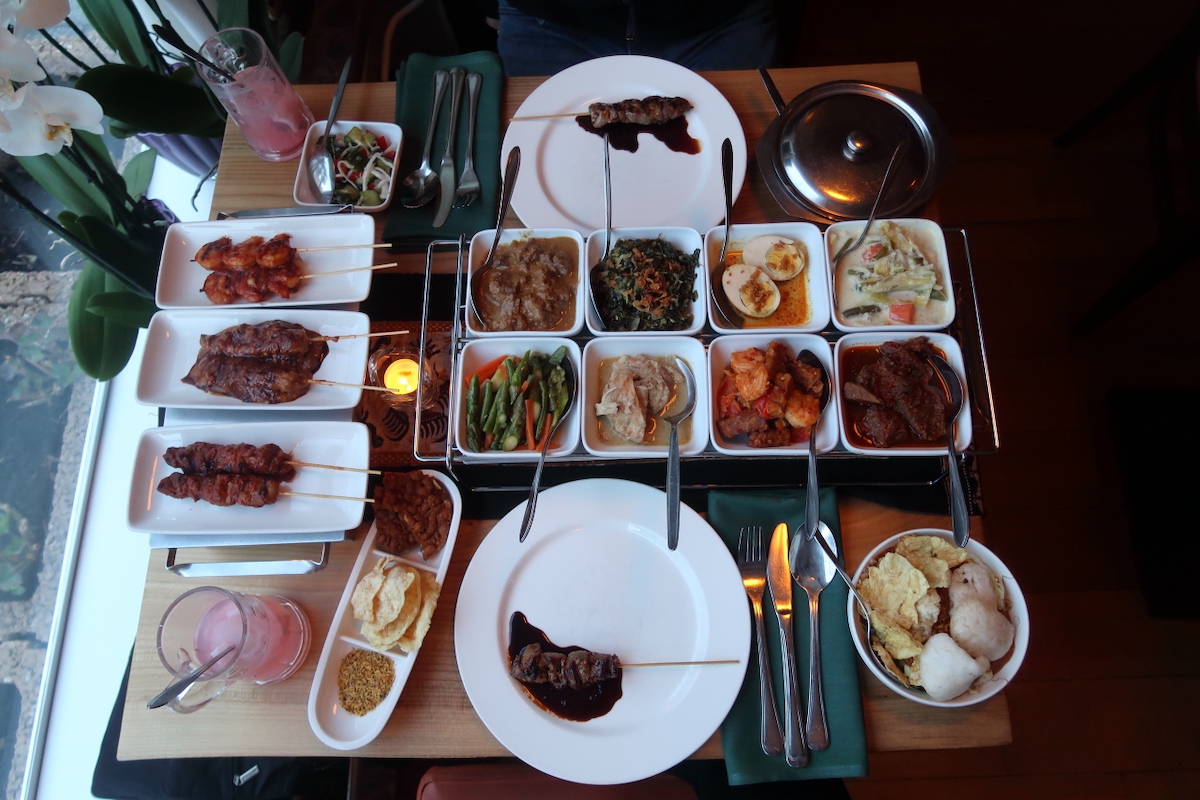
Relax in Park Frankendael
Amsterdammers are lucky to live in a very green city. During summer, the grass in Amsterdam’s biggest park (Vondelpark) is barely visible for all the bodies and BBQs.
If you really want to experience Amsterdam off the beaten path, head southeast to the leafy Park Frankendael (especially handy for dog owners as it has a lovely off-leash area for them), or west to Rembrandtpark for a more relaxed experience.
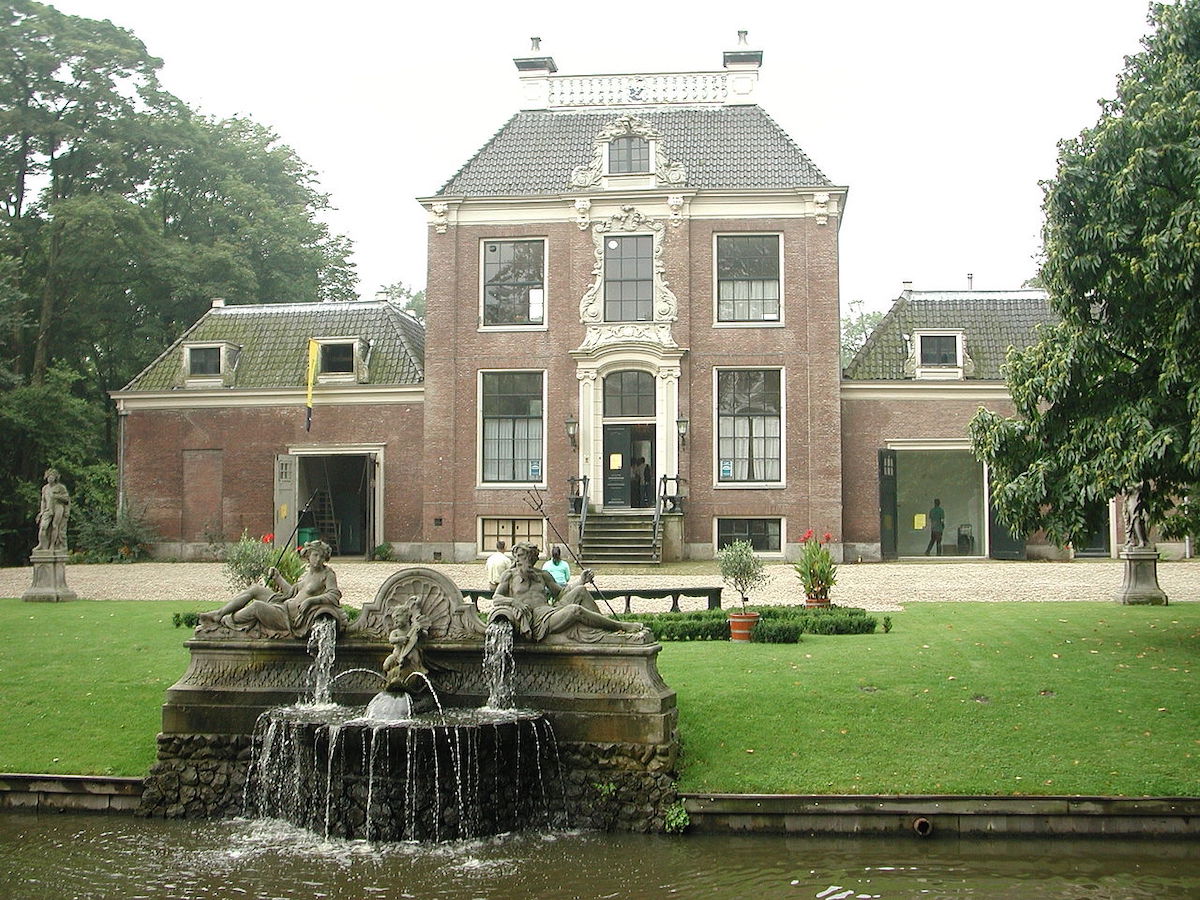
Go north, away from the madding crowds
In the past couple of decades, Amsterdam Noord–the neighborhood that’s on the north side of the IJ River–has changed almost beyond recognition.
What were once old shipyards and disused warehouses are now hipster hubs for culture, creativity and cuisine.
Architecturally, it’s a world away from the quaint canal houses of the center of Amsterdam, which is perhaps why many tourists never make it that far. But they’re missing out: a short hop on the (free) ferry, or one stop on the metro, and you’ll discover a side to Amsterdam you’ve never seen before.
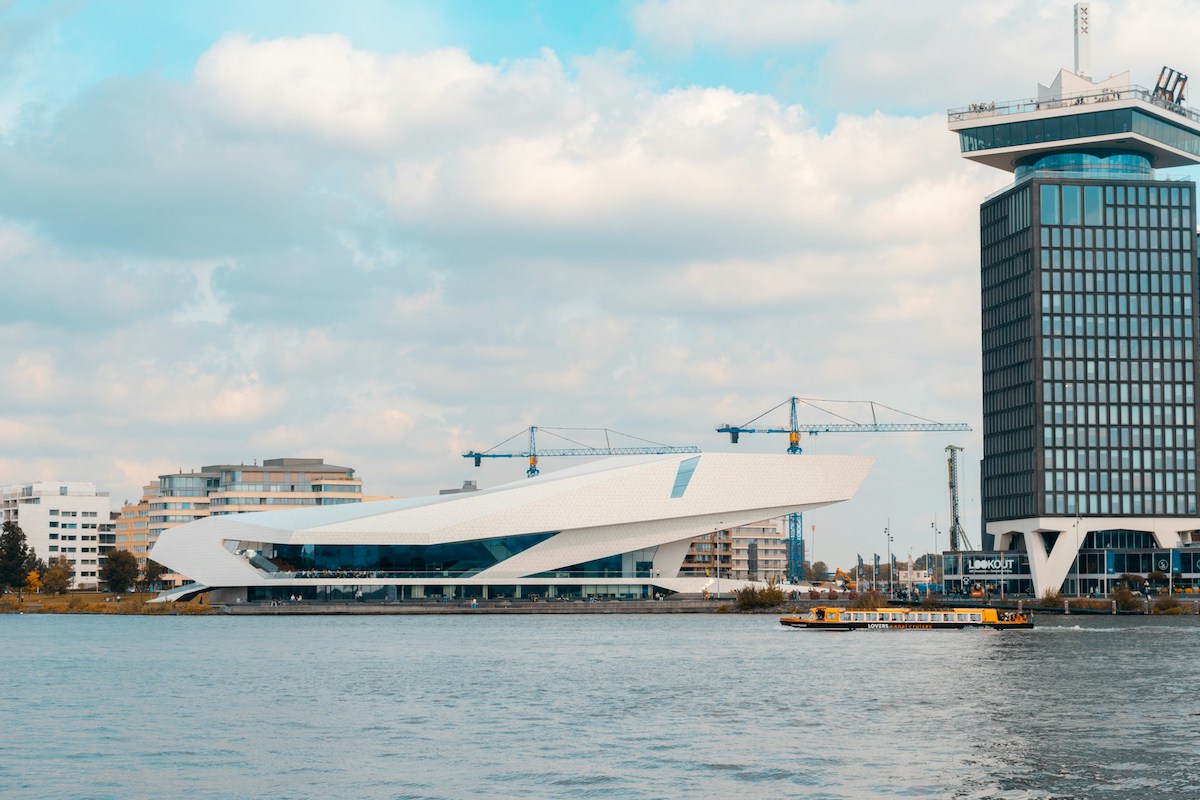
Rent a boat instead of taking a canal tour
Many people say that the best way to see Amsterdam is from the water. Although, it’s good to remember that getting on one of those giant hop-on-hop-off canal tour boats isn’t the only way to go about it.
Do as the locals do and rent a boat from one of the many sloepverhuur companies around the city. Just make sure one of you stays sober enough to drive it–and don’t forget to follow the one-way signs!
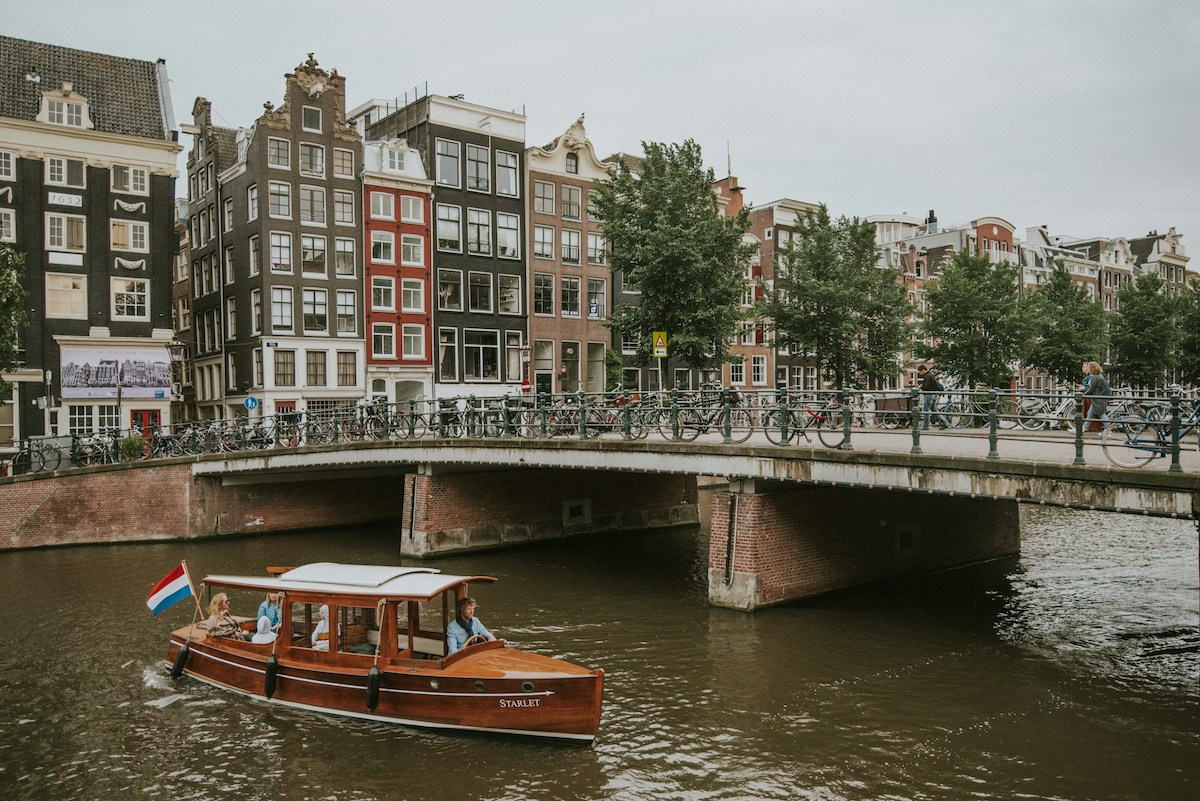
Drink beer at a real Dutch brown café (instead of the Heineken Experience)
Cycling past the Heineken Experience is an exercise in dodging tourists who have strayed into the bike lane. But this does not need to be you.
Forego the Netherlands’ biggest export beer brand (you’ve had it before, anyway), and head to one of Amsterdam’s many brown cafés. Brimming with old-school character, these cafés were so called because of the tobacco-stained walls inside.
Nowadays, of course, you can’t smoke in them—but the décor remains. And so does the beer. Try something you won’t find at home: a Texels Skuumkoppe, a Jopen Blond, or a Natte from Amsterdam’s very own windmill brewery: Brouwerij ‘t IJ.
